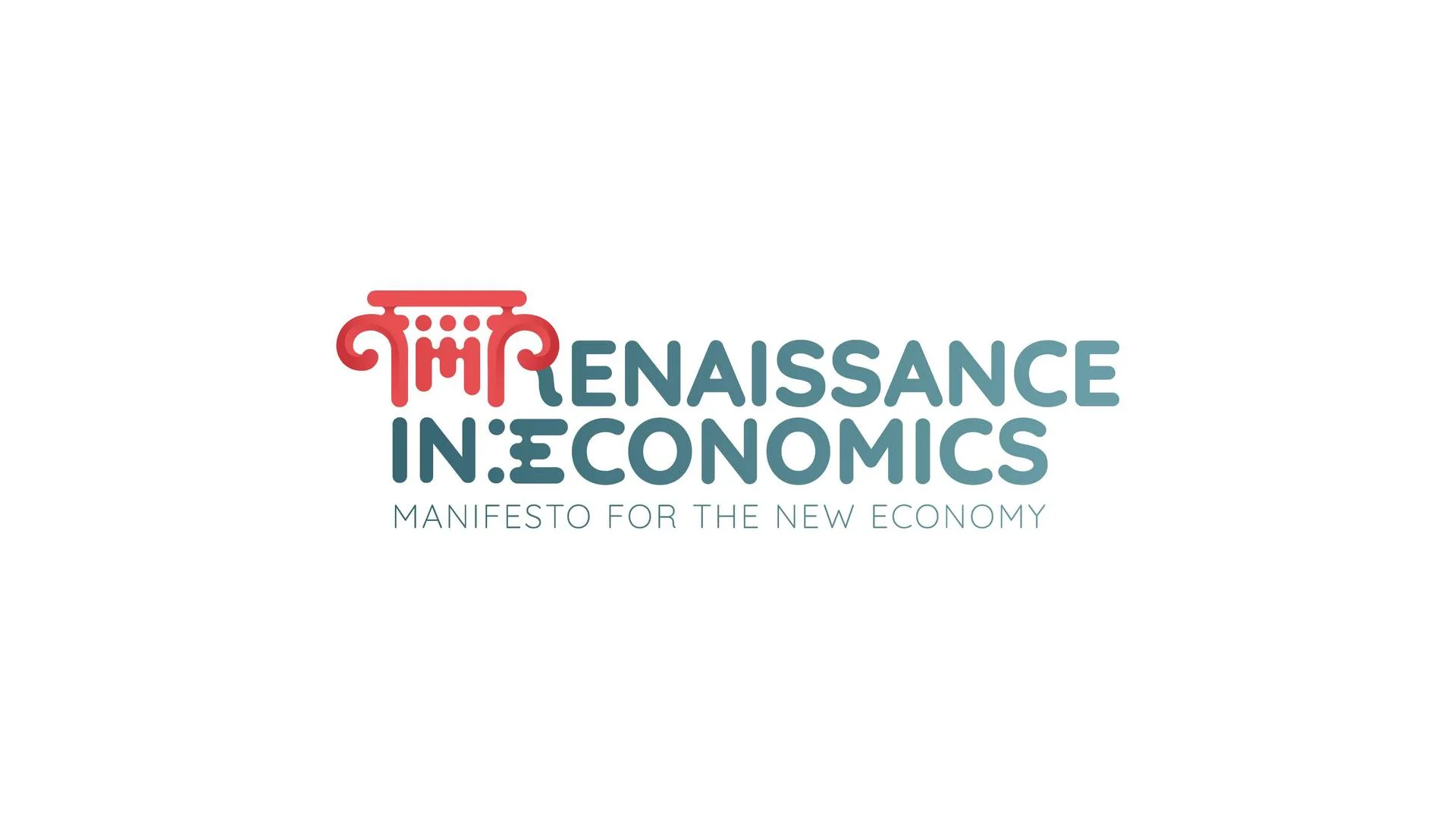
A Discriminatory Pandemic
The Racial Inequalities of COVID-19
Read a summary using the INOMICS AI tool
Dubbed ‘the great equalizer’ at its outset, COVID-19 has often been described as picking its victims at random. Blind to race, ethnicity, and gender, it sees just a human body, a host that enables it to do what all pathogens are programmed to do: spread. While this, from a biological perspective, may be true, the disease’s sweep of the globe has been anything but equalising. Data from both the US and UK - who along with Brazil compete for the honour of worst pandemic response - show that in terms of cases and deaths, minorities are hugely overrepresented. We may all be weathering the same storm, but as Dr Zubaida Haque has put it, ‘we are not in the same boat’.

The reality
Some, it seems, are without even a paddle. The UK’s Office for National Statistics (ONS) analysed COVID-19 related deaths during the virus’s peak between March and May, and found that, when adjusted for socio-economic factors and geographical location, the risk of death involving COVID-19 was twice as likely for black males than for their white counterparts, and 1.4 times greater for black females than theirs. Those of Bangladeshi, Pakistani, and Indian backgrounds, while not quite as endangered, also fared far worse than white ethnic groups, completing a picture of a distinctly unequal society.
Although the US federal structure makes national data harder to compile - race or ethnicity is known for around half of all cases and 90% of deaths - the distribution of suffering falls on similar lines: communities of colour shoulder the greatest burden. The COVID Racial Tracker, a joint initiative of the Antiracist Research & Policy Center and the COVID Tracking Project, attempts to aggregate state data, detailing the extent to which this is true. Among its more shocking findings, it showed that nationally, Black Americans ‘are dying at a rate more than 1.5 times higher than their population share’, and that in four states, that rate was three or more times greater. Similar trends were found in relation to Hispanics and Latinx, who in 42 states make up a much greater share of confirmed cases than their proportion of the population. In eight of those states, it was reported four times greater.
Battered by the virus, these communities have also felt the sharpest end of the financial fallout. In the UK, the IFS Deaton Review revealed that Bangladeshi, Pakistani, black African and black Caribbean men are far more likely to have endured loss of income, or redundancy. While in America, one study found that black adults, who already suffered far higher unemployment rates pre-COVID, ‘are twice as likely to have been laid off or furloughed as white adults’. As of June 2020, it calculated that a quarter of black workers had lost their job, a fifth of Latinx, and only a tenth of the white working population.
The problem is structural
The obvious, yet too infrequently asked, question is why? Why is race and ethnicity playing such a determining role in these nations’ COVID experience? And why is it that these self-professed world leaders, declared in 2019 by the Global Health Index as the two best prepared countries for pandemic response, have allowed an apparently indiscriminate disease to act so discriminatingly?
The answer is not found in biology, despite what racist trolls may say. Rather, it has to do with entrenched racism and persistent structural inequality that pervades both societies. Although manifesting in different forms, informed by the countries’ respective histories and cultures, these interwoven forces combine to similar effect, often restricting black and ethnic minorities to poorer socio-economic groups, while depriving them social mobility. As a consequence, they are over-represented in under-served neighbourhoods, overcrowded housing, and are more likely to occupy ‘frontline’ jobs (supermarket workers, care workers, etc.), all of which, research has shown, expose them to more COVID, and make it harder, even when instructed, to socially distance. At the same time, with large numbers also working in the service sector, especially in Britain, their livelihoods have been disproportionately threatened.
In addition to greater exposure, racialized poverty can also debilitate the body’s resilience. Adversely influencing the food you eat, air you breathe, and amount of exercise you do (whether for lack of time or green space), it creates the conditions in which comorbidities - such as heart disease, diabetes, or hypertension - thrive. And this has proven critical. Data from the Centre for Disease Control and Prevention (CDC), suggests that COVID-19 is 12 times more likely to kill those with underlying health problems than those without.
Failure of government
With such egregious racial inequalities exposed, exacerbated and entrenched, one may think it an appropriate time for governments to step in, to fulfil their role as protector-in-chief. Alas, the US and UK administrations have mirrored each other in their failure to acknowledge the racialised structures that lie behind the high death tolls of their BAME communities. Instead, they have opted to blame victims, bemoan bad personal choices, and neglect responsibility.
Answering questions as to why so many African Americans had died, US health secretary, Alex Azar, told reporters that black Americans ‘in particular’ have ‘significant underlying diseases’. In doing so, he implicitly individualised responsibility, and revealed his ignorance of the more important question of why that may be. Meanwhile, the UK government’s review of the disproportionate effect COVID-19 has had on minorities, which was much anticipated among health advocacy groups, lacked any recommendations about how minorities could be protected, despite its contents consisting solely of grim statistics showing how vulnerable they are.
A continuation
It’s instinctive to be shocked by these flagrant injustices. And we should be. But it’s also worth contextualising, and remembering the times we live in. This is an era of Windrush, police brutality, and mass incarceration. One in which Black American men, living in the richest country in the world, have a lower life expectancy than their Palestinian counterparts. With this in mind, the racial injustices of COVID look less like an aberration, and more like a continuation, a predictable outcome of a prejudiced system - it's one we must dismantle.
-
- Workshop, Conference
- Posted 1 week ago
Call for Papers: 3° International Conference Renaissance in Economics 2026
Between 14 May and 15 May in Rome, Italy
-
- PhD Candidate Job
- Posted 1 week ago
12 Doctoral Researcher Positions in the Marie Skłodowska-Curie Doctoral Network HEPARD
At University of Duisburg-Essen in Essen, Germany
-
- Postdoc Job
- Posted 1 day ago
Postdoctoral Research Fellow or Social Science Research Scholar at Stanford (USA) or Heidelberg University (Germany)
At Stanford University in Stanford, United States












